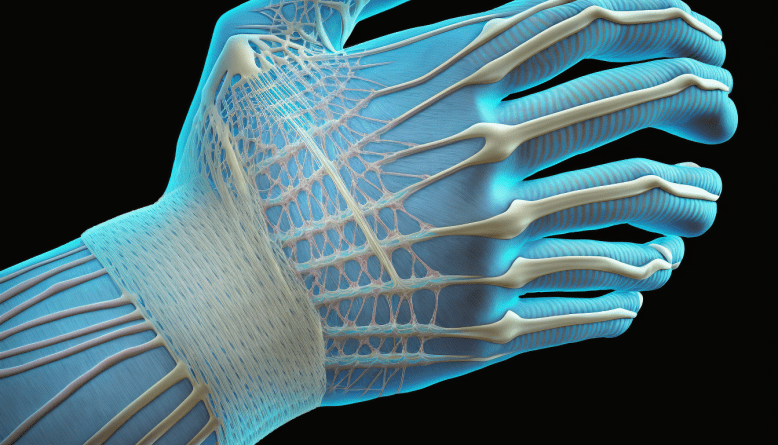Understanding Carpal Tunnel Syndrome
Carpal Tunnel Syndrome (CTS) is a common condition that affects the hand and wrist. It occurs when the median nerve, which runs from the forearm to the hand, becomes compressed or squeezed within the carpal tunnel. This can cause symptoms such as numbness, tingling, and pain in the hand and fingers.
Causes of Carpal Tunnel Syndrome
CTS can be caused by a variety of factors, including repetitive motions, injury, and certain medical conditions. Repetitive motions, such as typing or using tools, can put pressure on the median nerve, leading to inflammation and compression. Injuries, such as a broken or dislocated wrist, can also lead to CTS. Certain medical conditions, such as diabetes and rheumatoid arthritis, can also increase the risk of developing CTS.
Symptoms of Carpal Tunnel Syndrome
The symptoms of CTS can vary from person to person, but typically include numbness, tingling, and pain in the hand and fingers. These symptoms may be worse at night and may also affect the thumb, index, and middle fingers. Some people with CTS may also experience weakness in their hand and fingers, making it difficult to grip objects or make a fist.
Diagnosis of Carpal Tunnel Syndrome
To diagnose CTS, a healthcare provider will typically perform a physical examination and ask about the person’s symptoms and medical history. They may also order tests, such as a nerve conduction study or electromyography, to confirm the diagnosis.
Treatment of Carpal Tunnel Syndrome
Treatment for CTS may include a combination of conservative and surgical options. Conservative options include rest, splinting, and physical therapy. Medications, such as nonsteroidal anti-inflammatory drugs (NSAIDs) and corticosteroids, may also be prescribed to help alleviate symptoms. In some cases, surgery may be necessary to relieve pressure on the median nerve.
Prevention of Carpal Tunnel Syndrome
To help prevent CTS, it’s important to take steps to reduce the risk of inflammation and compression of the median nerve. This can include:
- Practicing good posture and ergonomics
- Taking frequent breaks to stretch and rest the hands and wrists
- Avoiding repetitive motions or using tools that vibrate
- Maintaining a healthy weight and managing any underlying medical conditions
Carpal Tunnel Syndrome is a common condition that affects the hand and wrist. It can be caused by a variety of factors, including repetitive motions, injury, and certain medical conditions. Symptoms include numbness, tingling, and pain in the hand and fingers. Treatment may include rest, splinting, physical therapy, medications, and surgery. By taking steps to reduce the risk of inflammation and compression of the median nerve, you can help prevent CTS.





